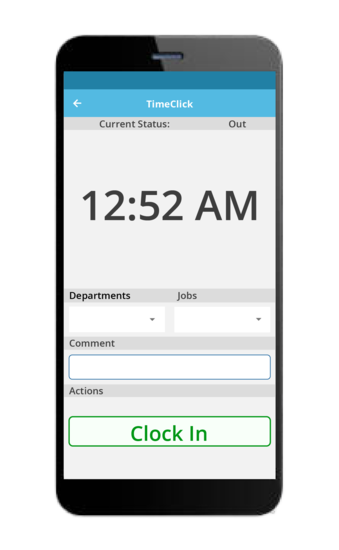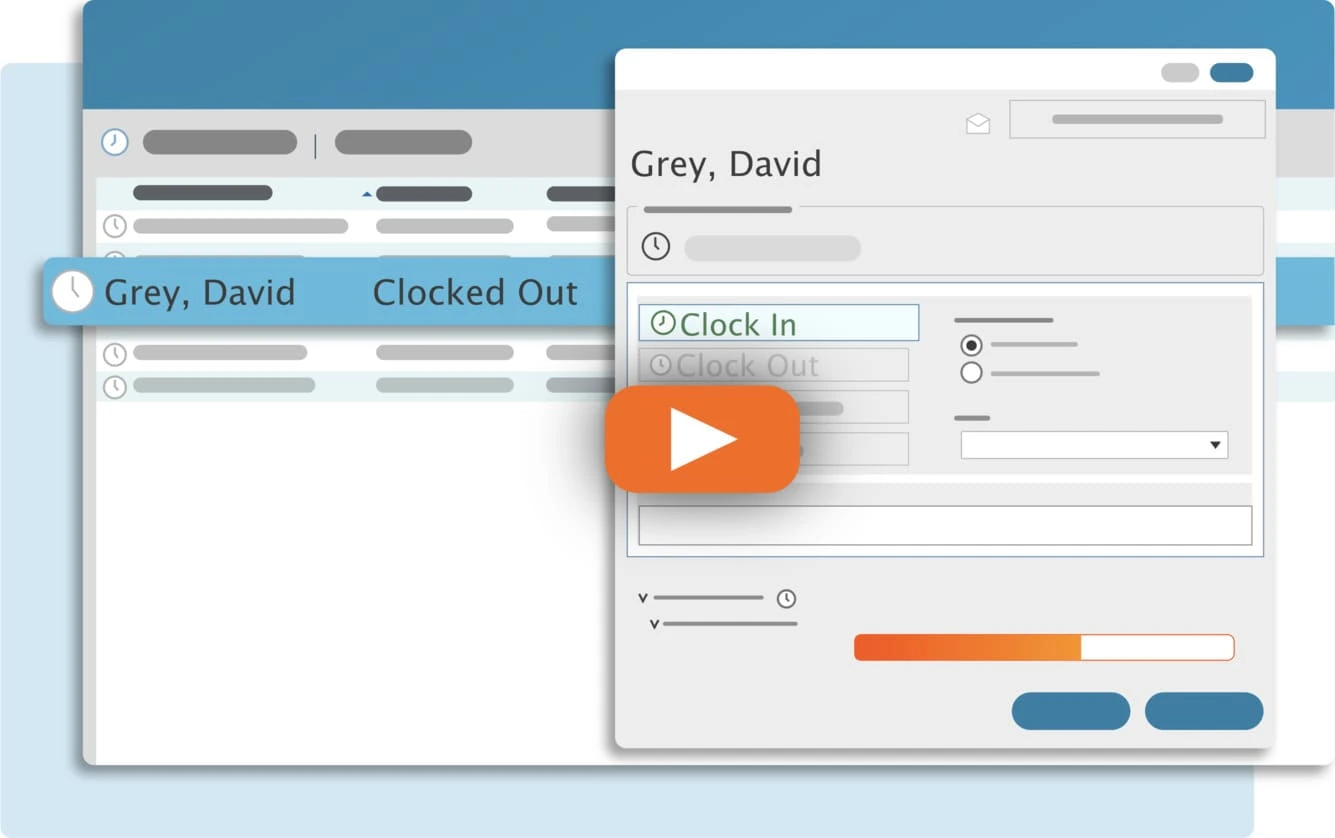Most of the time, the business day is a whirlwind of activity. You have customers to help, employees to manage, and a business to run. Among the questions whirling around your brain, you're probably not wondering how to stop employees from padding their hours worked.
In short, you should. Every year, American businesses lose thousands upon thousands of dollars each year from padded hours. Let's dive into what padding looks like and how to put a stop to the practice.
What is Padding?
In short, padding involves any action that results in an inaccurate report on time worked. This can come in the form of employees clocking in early in the morning, clocking out late for lunch, and many other cases.
At first glance, padding may not seem like a big deal. Here's why it is.
74% of employers experience payroll losses from such practices, and Nucleus Research says that annually this will cost a company 2.2% of their gross payroll. This practice is cordially referred to as time-theft.
The manager has no interest in sitting at the clocking stations to corral the employees in or out, and retroactively adjusting those times is a nuisance. Often, managers feel that they either have to rule the clocks with an iron fist or allow for such time abuses to occur since they feel like it’s too much to handle.
We graciously suggest a better way.
The Law
Let’s get straight to what the authorities have to say on the matter. The United States Department of Labor Wage and Hour Division's Regulation 29 CFR 785.48(a) states very clearly that “employees who voluntarily come in before their regular starting time or remain after their closing time, do not have to be paid for such periods provided, of course, that they do not engage in any work.”
In effect, this law protects you as the business owner. You do not have to pay your employees for time they spend not working, even if they arrive early or stay late.
The harder part involves the practical aspect. How do you enforce accurate time-keeping practices?
The Solution: Rounding
Rounding hours is when an employer takes the time an employee clocked in and out, and rounds those times to the nearest five, ten, or fifteen minutes. This means that the extra three minutes an employee adds to their shift, which when added up each shift is costly, can be rounded.
This practice is protected under the same Regulation 29 CFR 785.48(a) we referenced earlier. The DOL gives you the green light to round, your only limitation is making sure you round up and down, fairly and consistently, based on impartial mathematical rounding. Let’s give some examples.
Simplify Time Tracking with TimeClick!
Download our free trial—simple, secure, offline tracking, no fluff.

Examples of Rounding
For each example, we’ve removed the seconds from the calculation. Typically 31 seconds or more will round a minute up to the next digit, and 30 seconds or fewer will round down.
- Mary is scheduled to work at 8:00 a.m. but arrives at 8:07; how would this round?
- 5-minute rounding: Mary’s time would become 8:05
- 10-minute rounding: Mary’s time would become 8:10
- 15-minute rounding: Mary’s time would be 8:00
- John is scheduled to work at 9:30 a.m. but arrives at 9:38; how would this round?
- 5-minute rounding: John’s time would be 9:40
- 10-minute rounding: John’s time would be 9:40
- 15-minute rounding: John’s time would be 9:45
- Jan is scheduled to leave at 5:00 p.m. but leaves at 5:08; how would this round?
- 5-minute rounding: Jan’s time would be 5:10
- 10-minute rounding: Jan’s time would be 5:10
- 15-minute rounding: Jan’s time would be 5:15
Why It Works
As you can see, rounding must always be done impartially, allowing for rounding up and down. An employer cannot just round employees' times towards their scheduled start or end time to reduce the employee’s hours. Doing so could result in serious wage disputes.
The employer must maintain a record of the actual time the employee clocked in and out. Then they must practice rounding consistently using the same rounding practice (5 minutes vs 15 minutes), and round impartially.
Sometimes this practice will end up giving the employees extra time. Sometimes this will be in the favor of the employer. This is okay because according to the Department of Labor, “presumably, this arrangement averages out so that the employees are fully compensated for all the time they actually worked.”
When this regulation was challenged in the Corbin v. Time Warner court case, the Ninth Circuit Court in 2016 ruled in favor of employers using the rounding method. The court decided that because the employer was able to demonstrate that the rounding was neutral, based on proper mathematical rounding, the practice was fair and not intentionally reducing hours.
The lesson from this lawsuit is that rounding is acceptable but that it is imperative for an employer to maintain accurate records of the true times an employee clocks in and out. This is to prove their fair rounding practices in the event of a lawsuit.
The Problem With Rounding
The savvy manager might next think, “But what if they now all just start clocking out 8 minutes after their clock out time? If I round to the nearest quarter hour, that’s 15 minutes of unproductive time I’m paying them for.”
That’s correct, and on top of that, if those additional 15 minutes cause them to go into overtime, we are looking at a very costly payroll.
Don’t worry, we’ve got this covered.
The Other Solution: Preventing Early Clock In
We know you can round, but we also know you have to record true times. So, in order to prevent this problem, we simply need to stop allowing employees to log times excessively early or late when they won’t actually be working.
Time clock software allows managers to set up buffers that prevent employees from clocking in beyond a certain margin of time. Since employees aren’t entitled to pay for time not working, the manager just needs to ensure that this buffer does not prevent them from being clocked in during work time.
Using this prevention feature a manager can set it up so that employees starting at 8:00 a.m. cannot clock in prior to 7:53 a.m. With 15-minute rounding, all early employees’ times would round to 8:00 a.m. True times are recorded. Rounding is impartial. And employees are only being paid for time they are actually working.
The Software
One such time tracking program that can solve these problems for you is TimeClick. Managers get to decide whether to round times at one, five, ten, or fifteen minutes. Clock buffers can be applied, helping ensure employees can’t abuse rounding to pad their times even more.
TimeClick also offers a Punctuality Report to managers, letting them see how frequently employees arrive early and/or late. This report is particularly helpful during employee reviews and for documenting behaviors a manager wants curbed. If you’re ready to start rounding and save your payroll from unnecessary losses, start your free trial.
Ready to streamline your employee time tracking, boost productivity, and simplify payroll? Sign up for your FREE 14-day trial today and see how TimeClick can transform your business!
Start your FREE TimeClick Trial Today.

